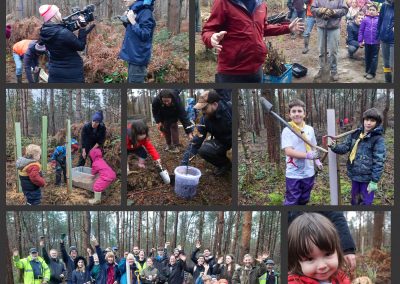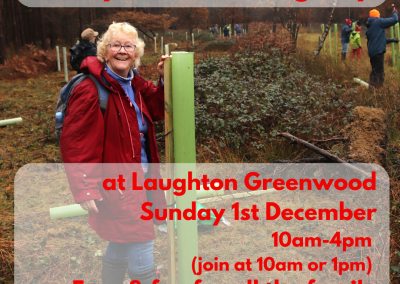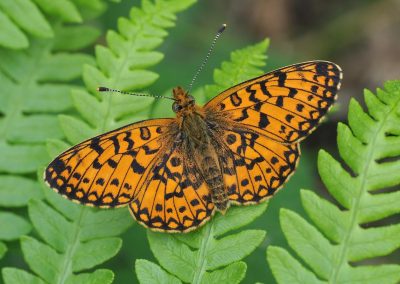Everyone who visits Laughton Greenwood agrees that it is a beautiful wood – but our ambition for 2024 & onwards is to increase the variety of tree species in the wood. Little by little we aim to introduce more blossom trees into the wood which will give additional sustenance to a wider variety of birds and contribute to biodiversity.
Having Wild Cherry trees (Prunus Avium) in Laughton Greenwood is good idea for many reasons, not least that they will be a welcome sight in the spring. You may have noticed the cherry trees along the road through Laughton village, which are a lovely sight in April.
Cherry trees are hermaphrodite, meaning the male and female reproductive parts are found in the same flower. Flowers, measuring 8–15mm across appear in April and are white and cup-shaped, with five petals. They hang in clusters of two to six. The leaves are oval, green and toothed with pointed tips, measuring 6–15cm with two red glands on the stalk at the leaf base. The leaves fade to orange and deep crimson in autumn. These will be an attractive addition to the woodland.
Mature trees can grow to 30m and live for up to 60 years. The shiny bark is a deep reddish-brown with prominent cream-coloured horizontal lines called lenticels. The second part of its botanical name – avium – refers to birds which play a role in the tree’s propagation by eating the cherries and dispersing the seed.
The spring flowers of cherry trees provide an early source of nectar and pollen for bees, while the cherries in late summer are eaten by birds, including the blackbird and song thrush as well as mammals, such as the badger, wood mouse, yellow-necked mouse and dormouse. The foliage is the main food plant for caterpillars of many species of moth, including the cherry fruit and cherry bark moths, the orchard ermine, brimstone and short-cloaked moth.
Wild cherry is susceptible to bacterial cankers which can disfigure and occasionally kill infected trees. Pruning at the wrong time of year can put trees at risk from silver leaf disease, which can also eventually kill the tree. Dieback can be caused by damage from the cherry black fly, Myzus cerasi. Hopefully our trees will not be plagued by these diseases. We will have to train our volunteers to prune them at the right time of year, if they need pruning at all!
We planted our first two Wild Cherries on our Tree Planting day, in December 2023. These were kindly donated by Lewes Urban Arboretum. A benevolent volunteer has bought us 15 more that we aim to plant at our volunteering session on Sunday 3rd March. Please come and join us for the planting, and then the aftercare of these lovely trees – on the first Sunday morning of every month.
If you can help us diversify the trees in our wood, bring colour, and provide nutrition for bees and for birds, please visit the Woodland Trust website where you can buy sets of 15, 30 or 50. After the Wild Cherries, we are hoping a kind volunteer will buy Rowan and Crab Apple, both of which will provide sustenance for the wildlife and blossom to cheer up our walks.
Article written by Sue Redshaw, based on information provided by The Woodland Trust.
Feb 2024




